#Lili [AAC | She/Her]
Text
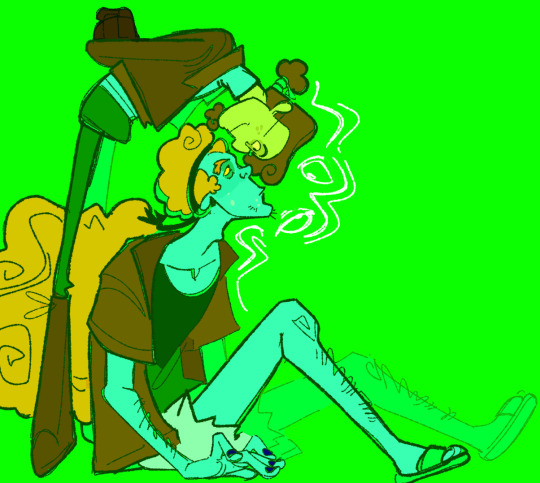
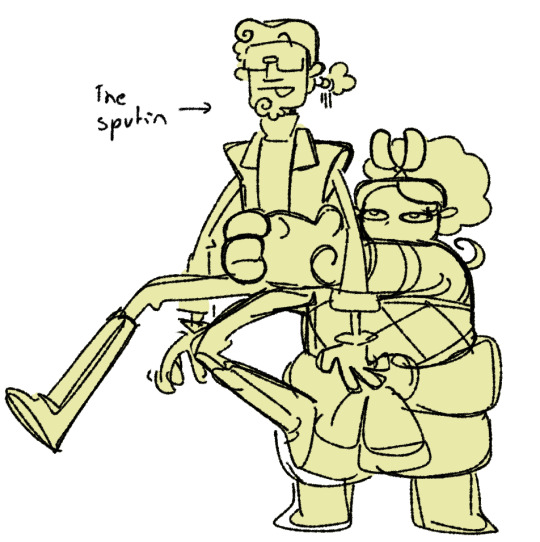


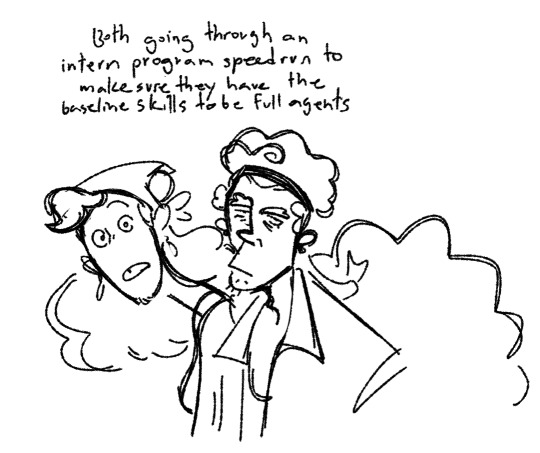
Ooh these guys I know them
#psychonauts#psychonauts 2#art :0]#agent aquato and co au#Raz [AAC | He/Him]#Bobby [AAC | He/Him]#Clem [AAC | She/Her]#Lili [AAC | She/Her]#eyestrain cw
239 notes
·
View notes
Text
10 people who inspired me!!!
Hey, how are you???
Jacqueline Wilson is the first person who inspired me from a young age! I love her books.
Danni Harmer is the second person who inspired me. She is a great actress especially in the story of Tracy Beaker.
Taylor Swift is the third person who inspired me. My favourite singer!!!
Beth Reekles is the fourth person who inspired me. I love her books, her TikToks and her movies!!!
Hannah from the cheethemswithdreams who inspired me. I love her TikTok videos!!!
Nikki Lily is the sixth person who inspired me!!! I love her YouTube channel and her TikTok videos!!!
Mily Cryus is the seventh person who inspired me. She is a great singer!!!
Zoe Sugg is the eighth person who inspired me. I love her books and her YouTube channel.
The Lost Voice Guy is the ninth person who inspired me. He has an AAC like me!!!
Nicola Yoon is the tenth person who inspired me. I love her books and movies!!!
#cp#10#people#inspired#jacqueline wilson#young age#Danni harmer#the story of Tracy beaker#taylor swift#love#favorite#singer#Nikki lily#YouTube#tiktok#Hannah#cheethemswithdreams#Beth Reekles#books#mily cyrus#zoe sugg#lost voice guy#aac user#nicola yoon#movies
8 notes
·
View notes
Note
can you tell me more about fate / stand by me (ffxv/fate)? I remember some of it I think
“fate/stand by me” is a crossover where I basically had the gods from ffxv make some sort of deal with the grail where instead of canon happening, they were going to decide everything via a fate/apocrypha-style Grail War. A lot of lore-fudging was involved. Mostly I wanted certain characters to meet. It was all going really well; like, I think I did some genuinely interesting comparisons between Lunafreya and Irisviel von Einzbern...and then I got distracted by the fact that Fran from Fate doesn’t have a means of communication in canon and everyone’s just...fine with that? And now I need to split “Fran gets AAC Cards” off into its own fic so I can get the crossover back on track.
Two snippets, then. One from the actual crossover:
“My fate, as foretold, is not a happy one, Marshall,” Luna said. “And I had made my peace with it. But I am not the only one promised suffering, and I am not the only one who has gained a chance to save myself. I will do with it what I can.”
“And I will support her, for as long as I can,” Irisviel agreed.
“Until you have to try and become a host for the magic cup thing,” Cor replied.
And one from the unplanned possible spinoff, in which Fran (called Lily here because everyone just assumes the flowers she fixates on are her name and she likes that better than her canon name anyhow) gets to communicate in ways that aren’t grunting and staring soulfully into her Master’s eyes:
Cor stared at the pretty young woman wearing a ball gown, who gave off sparks for a few seconds, presumably in illustration, then scrambled for a three-ringed binder sitting on the ground nearby.
She flipped through the pages before coming to a labeled illustration of a daemon, and then made an emphatic “X” shape with her arms.
“You’re not a daemon?” Prompto asked.
The girl shook her head.
“Not a monster,” Prompto tried, to emphatic nodding.
wip ask meme!
#hawk-in-a-tree#reply#about fanfic#ffxv#fate#fate/apocrypha#lunafreya nox fleuret#irisviel von einzbern#cor leonis#frankenstein (fate)#prompto argentum#ninthfeather's fic#wip ask meme
8 notes
·
View notes
Link
Artists: Akarova, Lili Dujourie, Anne Hardy, Pauline Curnier Jardin, Hanne Lippard, Caroline Mesquita, Jurgen Persijn & Ana Torfs, Leen Voet
Venue: La Loge, Brussels
Exhibition Title: Voici des fleurs
Date: April 19 – June 30, 2018
Click here to view slideshow
Full gallery of images, press release and link available after the jump.
Images:
Images courtesy of La Loge, Brussels
Press Release:
Voici des fleurs is a group exhibition imbued with the artistic legacy of Akarova (born Marguerite Acarin, 1904-1999), a celebrated Bruxelloise of the interwar years who devoted her life entirely to music, dance, choreography, painting and sculpture. La Loge invites contemporary artists Lili Dujourie, Anne Hardy, Pauline Curnier Jardin, Hanne Lippard, Caroline Mesquita, Jurgen Persijn & Ana Torfs, and Leen Voet to exhibit alongside Akarova’s work and to freely relate to her ideas and production dynamics.
There are, of course, innumerable ways to engage with the art and legacy of the artist, but La Loge’s ambition or mission is not to adopt a historicist, documentary, or archival response. Instead, Voici des fleurs has been developed with and by contemporary artists as an attempt to reassess the potential of Akarova’s archive, not only as a subject of research, but above all as an invitation to indulge in its repository of living materials; the vestiges of an animated artistic practice.
Voici des fleurs is not concerned with ‘re-evaluating’ or lending legitimacy to Akarova’s work. Its motivation is rather to expose and explore the free gestures and spontaneous attitude that underpinned and drove her art-making, while affirming core positions and dynamics within (contemporary) art practices. Akarova was an active personality who stepped up and made things happen. Through her charismatic presence, unrelenting drive and sheer energy, she managed to play a central role in the cultural life of the local arts community (she was, for instance, close to some of the key figures making the scene of the interwar years in Brussels such as Marcel-Louis Baugniet (first husband), Anto Carte, Raymond Duncan (who regularly visited Brussels), Jean-Jules Eggericx, Henry Van de Velde, and Herman Teirlinck among many others), while still safeguarding her independent position and artistic integrity.
Throughout her life, Akarova developed a unique and personal manner of connecting her different interests, artistic and otherwise, by applying the spirit of the all-encompassing total artwork (although she often said music comes first) – a singular “one-woman band” comprising music, dance, costumes, set design, sculpture, drawing, etc. In 1986, at the age of 82, Akarova donated a considerable part of her set design and costumes to the AAC/Archives d’Architecture Moderne – a decision that evidenced of the artist’s self-awareness of her own legacy, and perhaps even a desire to defy traditional disciplinary categories in favour of absorption within the larger context of the visual and applied arts.
Thirty years after Akarova’s intuition to preserve her records – which adopted a non-traditional format and content in an archive fund dedicated to modern architecture, mainly representing male figures, her legacy continues to tickle the imagination. However, suffering from the absence of documentation, her live art and performances remain open to interpretation. Even if testimonies and archival collections attest to a vivid and evocative practice rooted in the artistic networks of Ixelles, the artist’s open and elusive stage practice leaves us to speculate, imagine or project our own fantasies. Meanwhile, Akarova’s spectre lingers in and around La Loge. The institution that is housed within a modernist architecture and embedded within interpersonal networks and a local cultural inheritance that intersects contextually and geographically with Akarova’s own.
As such, Voici des fleurs is less an homage or historical portrait, than it is a testimony to the development of an artistic vocabulary and attitude at a particular moment in time and space. Instead of inviting artists to directly respond to the conundrum of the Belgian avant-garde, the exhibition brings together concerns and sensibilities shared among all invited artists: Voici des fleurs looks at art and life as a set of relations, exploring the production dynamics at play in contemporary practices, the principle of gesamtkunst rather than that of artistic purity or medium specificity, and the networks of relationships that produce and are produced by an oeuvre.
Through a diverse constellation of interdisciplinary works comprising film, voice, painting and performance, the exhibition considers ideas of self-affirmation, feminism, autonomy, and artistic integrity, at times taking recourse to the traditional crafts and the synthesis of the arts. Through understanding kinships between artworks made by artists of different generations, might we be able to reconsider and retrace the artistic steps of
an artist whose notoriety has become dispersed over time, but whose work – thanks to archival materials, printed matter, and oral histories – continues to inspire today?
Voici des fleurs opens with a decor and matching costume, both designed and made by Akarova, which featured in Rhapsody in Blue (Gershwin) performed in 1939 in Salle Akarova (designed by Jean- Jules Eggerickx), a small theater by the Etangs d’Ixelles. As “props”, the objects are deactivated, though somehow they set the stage for the rest of the exhibition in which every so often the spectral presence of Akarova appears in shifting forms. In the second part of the hallway, a short video work made in 1989 by Ana Torfs and Jurgen Persijn chronicles a day in the company of Madame Akarova, who, despite her high age, still strikes us as ever- lively and animated. A year earlier, Torfs and Persijn had visited Akarova, entertainment and the avant-garde, 1920-1950 at the Archives d’Architecture Moderne, an exhibition curated by Caroline Mierop and Anne Van Loo. The exhibition, which is Akarova’s most important exhibition to date (the show was accompanied by an extraordinary eponymous monography), had left a lasting impression on them. Subsequently, in the framework of a school assignment, the duo shot a portrait of Akarova as an artist who was already becoming a legacy, and was already distancing herself from her work.
In the triangular corridor of the ground floor, Hanne Lippard’s How to get rid of the body comprises a molded flesh-coloured curtain and an unsettling score in which the artist asks how to deal with the body once it has become a corpse, voiceless and devoid of life. Though most works in the exhibition appear quite bodily, tangible and material, they often display an interest in how bodies intersect with immaterial concepts such as time, decay, memory, and intergenerational transmission.
In the temple space, on-stage, a ghostlike image of Pauline Curnier Jardin’s grandmother enters a scenography made entirely from sequins. Using her fingertips, the artist has drawn motives in the sequined curtains; a simple, manual gesture, using a material that is both malleable and theatrical at once, and that she therefore felt attracted to. Solo pour Geneviève (première version) creates a particular setting that is reminiscent of more small-scale, traditional theatrical forms, such as cabaret, magic lantern and puppet theater, which engendered a more intimate relationship to the audience. Curnier Jardin created this little theatre specially for her grandmother whom the artist asked which roles she would want to perform as an amateur performer if only her body would still allow her to. But her old, worn-out body is unable to reiterate or demonstrate the described movements and gestures, although th sequined stage gives her a glamorous burst of radiance.
If Curnier Jardin’s work plays on the discrepancies between desire, memory, and imagination, resonating with the lack of documentation of Akarova’s performances, Leen Voet’s new series of drawings Marguerite #01-05 is an ode to Akarova’s approach to dance as “musical architecture”. The works are visual interpretations of descriptions of Salle Akarova on Avenue de l’Hippodrome 72 where the artist used to perform, and which are made available online1 and in the monographic catalogue on Akarova. Although archival photographs are available, it takes creative ingenuity to bring the memory of spaces alive again, injecting them with vivid color and vibration, while approaching them from a contemporary point of view. The series of new works, titled after Akarova’s real name Marguerite, are a continuation of Voet’s long-term interest in conceptually infiltrating the world of other artists in order to fictionalize the oeuvre and deconstruct mythologizing histories – a process in which she places importance on artist’s names (FELIX, Bert Vandael & co).
On the opposite wall, hangs Still Life, a series of three collages by Lili Dujourie. The series was made at a particular time in the artist’s life and work when she wanted to distance herself from the well-known silent videos of her own naked body in order to introduce colour and abstraction into her work – a period preceding the more theatrical velvet sculptures. Like much of her later work, these collages move between abstraction and figuration, ornamentation and minimalism. The compositions are made by the act of ripping and overlapping coloured sheets of paper, slowly and in silence. The works are not cut, but ripped, implying a violent but still quiet physicality and intimacy. Time is central to Dujourie’s work: not only the time of concentration and decision-making, but also the time of transformation (in the artist’s own words: “life is change”).
In the middle of the temple, a series of brass and stainless steel sculptures by Caroline Mesquita appear as the still remnants of an otherworldly place. In the basement of La Loge, some of them reappear in a video work, coming alive as rusted, analogue, living machines. Straddling eroticism and violence, they interact with organic bodies, bearing a bizarre, unnatural relationship to human beings, while complicating the relation between sculpture and creator, machinery and inventor. The basement of La Loge is doubled as a backdrop, and appears as a machinery room of sorts. The crafted sculptures, reminiscent of costumes by Oskar Schlemmer or Akarova, are the outcome of an autonomous practice, guided by the materiality, physicality of the media she uses, but also by the choreography that emerges by manipulating them. Mesquita’s practice resonates with Akarova’s solo trajectory wherein each aspect was self-made and self-organised. Along these lines, the stereotyped characters in Mesquita’s film might remind us of the figures appropriated by Akarova from the repertoire of music history, such as the devil, the princess, the soldier, or the old lady, or could even be considered as these characters’ contemporary versions: the security guard, the cleaning lady, the cook…
In the adjacent space, Area of Overlap by Anne Hardy offers a constructed, theatrical setting or “terrain vague”. The territory is unpeopled (although a body part sporadically protrudes), undefined, and slightly unsettling, but as a closed-off sensory colourscape and mental image it is both very lively and physical. All the elements belonging to this colourful wasteland or total art work are the result of a studio-based practice and an experimentation with materials such as liquid metal, glass, and concrete. In this highly edited and choreographed space, the materials and objects have lost their original function, which lends them an autonomy and ambiguity to be used as a free and open-ended language. Finally, the exhibition closes with a selection of works by Akarova, including a series of paper works (etchings, linocut, ink drawings,…) as well as a monumental sculpture of the mask of the devil in The Soldier’s Tale by Igor Stravinsky – works which testify of the all-embracing practice of the artist, one that is driven by a desire to work out her ideas in different connected forms and projects.
Link: “Voici des Fleurs” at La Loge
Contemporary Art Daily is produced by Contemporary Art Group, a not-for-profit organization. We rely on our audience to help fund the publication of exhibitions that show up in this RSS feed. Please consider supporting us by making a donation today.
from Contemporary Art Daily http://bit.ly/2kZ7W5y
0 notes
Text

Been remembering psychonauts recently . Despite it all they live in my brain.
#ogughhh aughhh I need to replay pn2 actually.#psychonauts#psychonauts 2#agent aquato and co au#art :0]#lili zanotto#razputin aquato#bobby zilch#Raz [AAC | He/Him]#Lili [AAC | She/Her]#Bobby [AAC | He/Him]
287 notes
·
View notes
Text
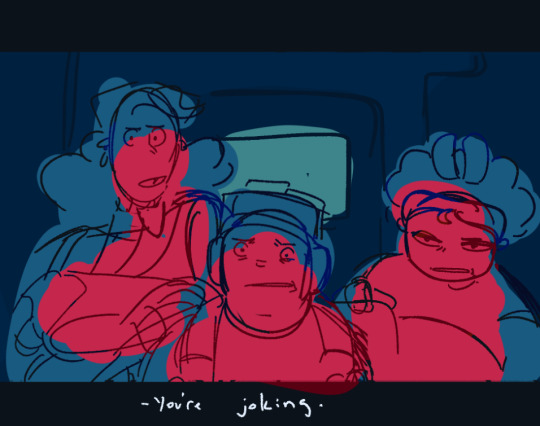

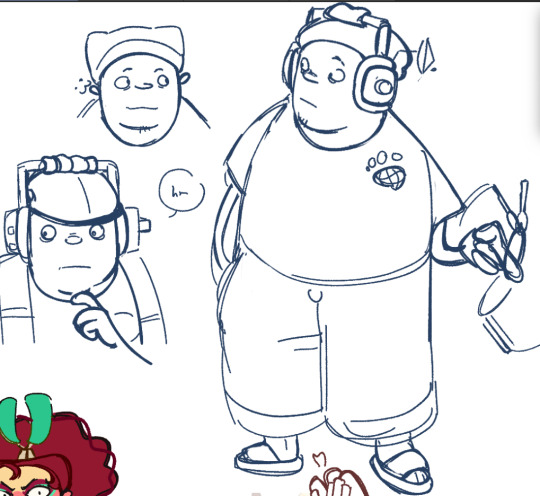
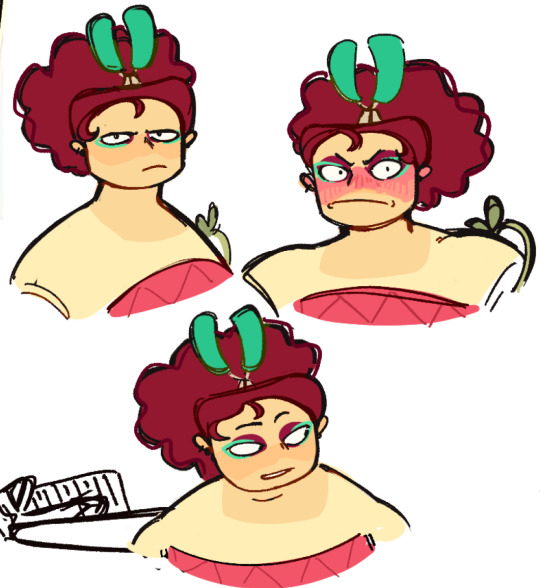
AAC scribbles I hadn’t posted :0]
#Psychonauts#psychonauts au#agent aquato and co au#razputin aquato#lili zanotto#art :0]#Raz [AAC | He/Him]#Lili [AAC | She/Her]#Clem [AAC | She/Her]#Dogen [AAC | He/They]
225 notes
·
View notes
Text
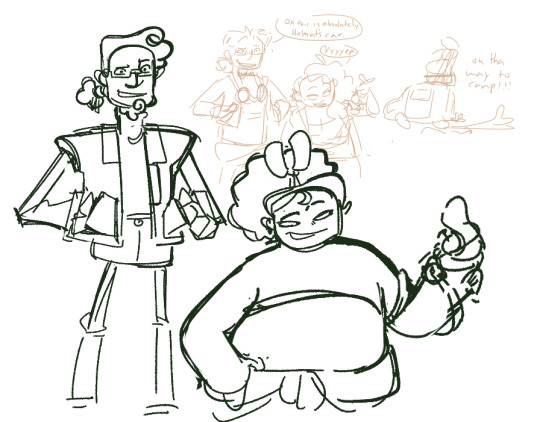


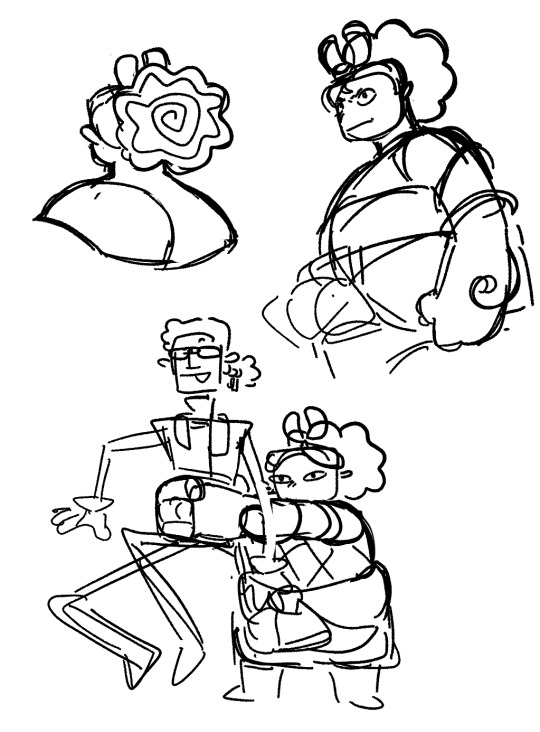
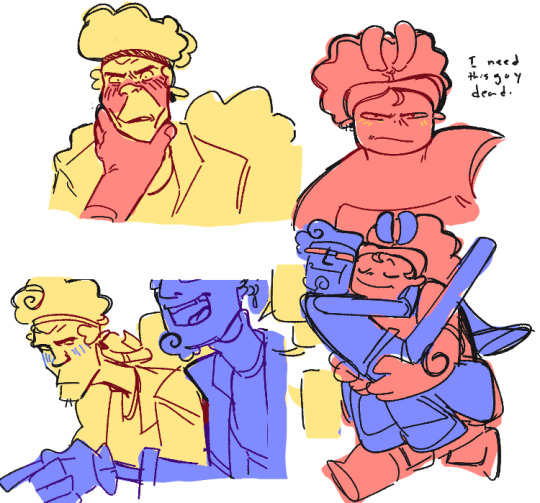
Future au on my brain lately…. U know how it is. Those main three + this weeks background campers chosen to be submitted to my will
#The last image… listen. It started out as a joke and it’s really not anymore. Sorry.#psychonauts#psychonauts 2#psychonauts au#agent aquato and co au#Razputin Aquato#lili zanotto#kitty bubai#vernon tripe#Bobby zilch#art :0]#Raz [AAC | He/Him]#Lili [AAC | She/Her]#Kitty [AAC | She/Her]#Vernon [AAC | He/Him]#Bobby [AAC | He/Him]
231 notes
·
View notes
Text

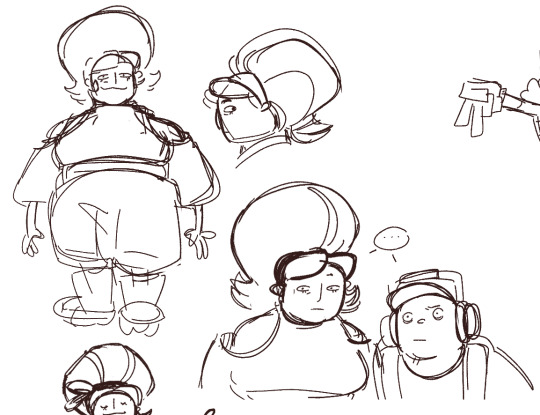
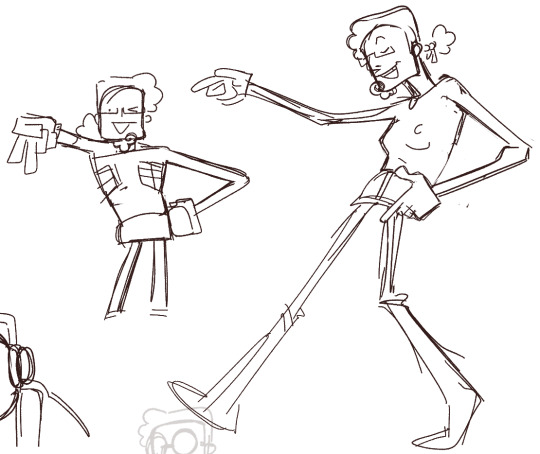
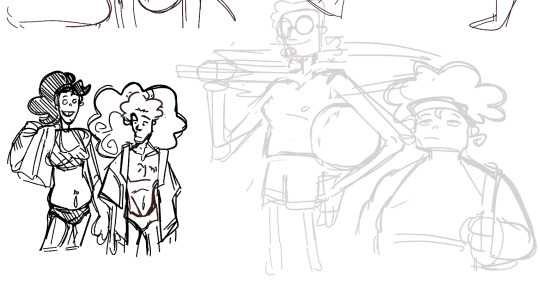

Workin on da next aac update.. little bit of a long one.. ough. Sketches in the meantime. Finally got a design for Sam! Maybe I can draw all the older interns one day.
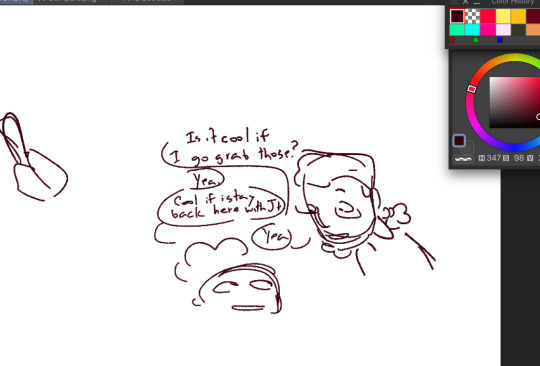
My beautiful functional thumbnails
#psychonauts#psychonauts 2#agent aquato and co au#auuhghhh do I tag everyone.#not tonight. Too eepy.#art :0]#Raz [AAC | He/Him]#Lili [AAC | She/Her]#Sam [AAC | Any Prns]#Clem [AAC | She/Her]#Bobby [AAC | He/Him]#Dogen [AAC | He/Him]
150 notes
·
View notes
Note
if you're still taking requests I'd LOVE to see more of your old Bobby design. it drives me insane /pos


Ah yes, the second favorite child in this au. Hes always such a blast to draw
#Hope u don’t mind Lili there as well :0] been thinking about how their personalities should differ despite their similar dispositions.#they’re so. Mashes them together. Throws them around.#psychonauts#Bobby zilch#lili zanotto#agent aquato and co au#Bobby [AAC | He/Him]#Lili [AAC | She/Her]#art :0]#asks :0]
119 notes
·
View notes
Text
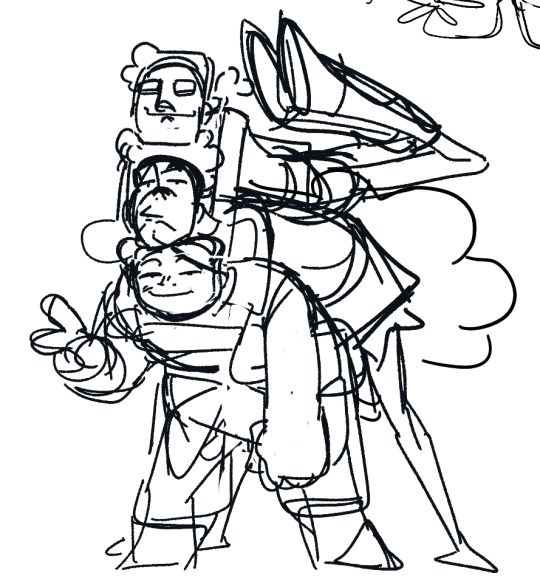
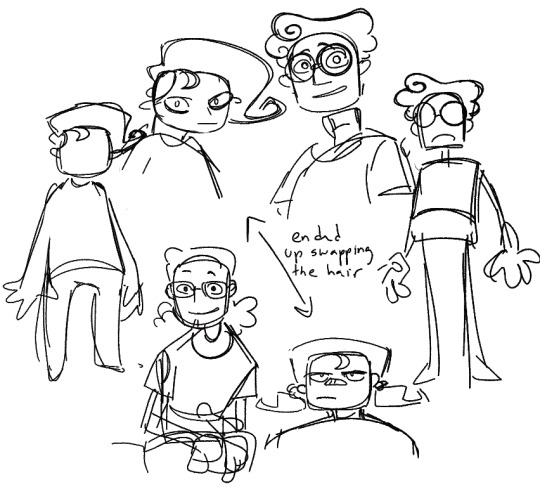
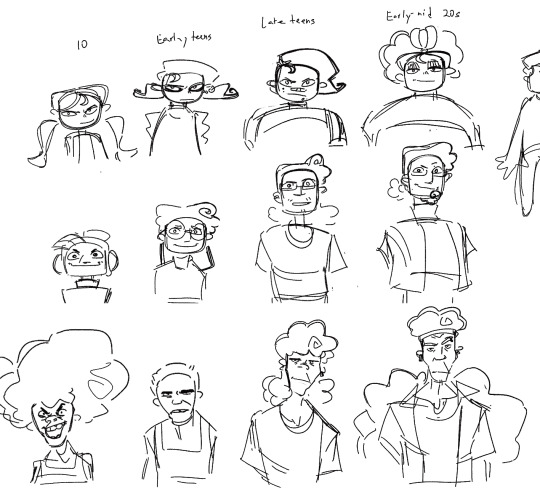
future au scribbling
#I can’t sleep. Explodes.#psychonauts#psychonauts 2#agent aquato and co au#Future au#razputin aquato#lili zanotto#bobby zilch#art :0]#Raz [AAC | He/Him]#Lili [AAC | She/Her]#Bobby [AAC | He/Him]
111 notes
·
View notes